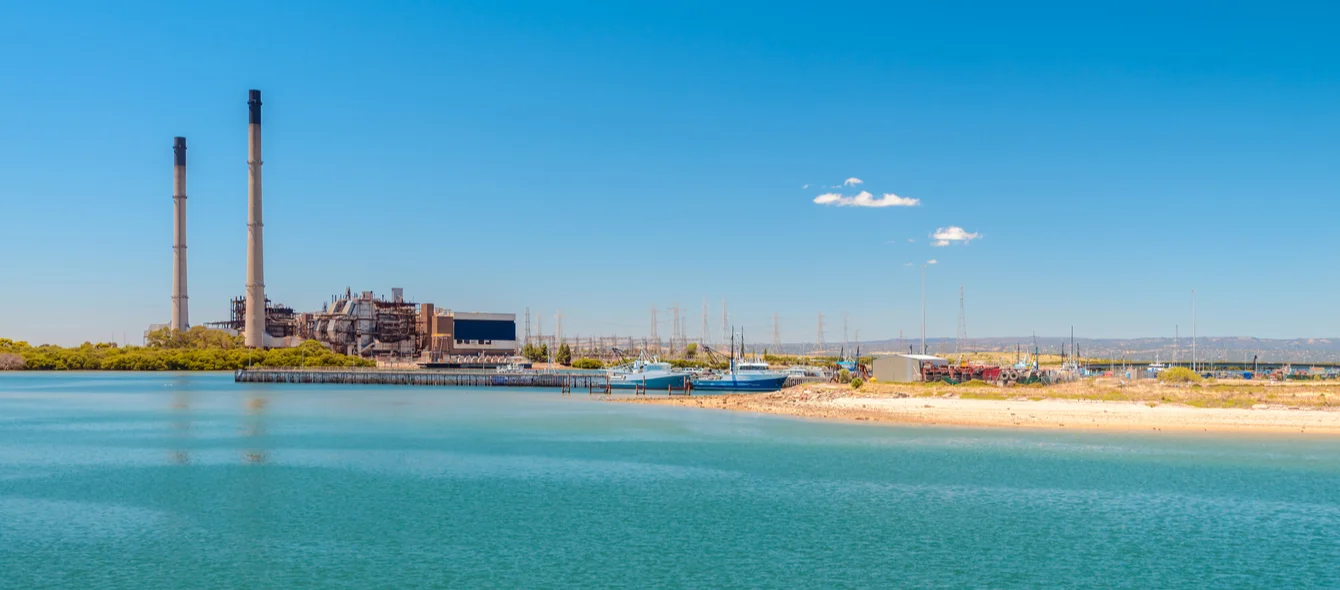As the en:former already reported, Down Under is increasingly focusing on renewable energies. However, there is still a long way to go before a larger share of renewable electricity is generated. Australia is one of the world’s largest coal producers, and natural gas also plays an important role.
Australia is one of the largest exporters of energy commodities in the world, ranking as the global number one for coal in 2019 and vying with Qatar to be the number one in exports of Liquified Natural Gas (LNG). It has also exploited its abundant natural resources for domestic use. Its power generation has historically been dominated by coal, which in 2018, accounted for around 60% of the country’s electricity.
Electricity generation by source in Australia (2018)
Figures in GWh (Source: IEA)Faced with the challenge of climate change, this presents Australia with two sets of problems. First, on the domestic front, its existing power generation system is carbon heavy because of the historic reliance on coal. And, second, what is the future value of its coal and LNG exports if other countries also pursue power sector decarbonisation? An obvious answer might be to substitute its own coal-fired generation with its own natural gas, providing additional domestic demand for the fuel and making major emissions reductions in the process. Gas-fired generation plant typically produces around half the carbon emissions of a coal-fired plant.
However, this solution is not as simple as it seems. In fact, occasional gas shortages and high prices in the south east have been a recurring subject of debate in recent years.
Geography matters
The east coast gas issues can largely be explained by the country’s size. Despite having a mainly coastal population of only about 25 million, Australia is the sixth largest country in the world, twice the size of India, which is home to more than a billion people.
Australia’s main gas resources are located in the north west, but 80% of the population live in the south east. Although proposals have been made to build a cross country pipeline, its sheer length – about 4,500 km – make it prohibitively expensive. As a result, with little local gas demand in the north west, Australia’s north western LNG production is shipped abroad, mainly to Asian markets. Here it is playing a major role in displacing coal use, for example in China and India, the two largest coal consumers in the world. Northern Australia has LNG production capacity of 61.5 million tons per annum (mtpa), equivalent to about 20% of the world total in 2018.
East coast coal seam gas
However, LNG is also produced from three projects on the country’s east coast, which have substantial production capacity – 25.8 mtpa. This LNG is produced not from natural gas but from coal seam gas (CSG) – methane released from Australia’s coal reserves. Shortfalls in CSG production meant LNG producers, in order to fullfill their delivery contracts, have on occasion bought gas on the domestic market, putting pressure on prices. This prompted the government to introduce the Australian Domestic Gas Security Mechanism in 2017 to ensure there would be sufficient gas to meet forecast demand.
Shifting towards renewables
A further complication is that the state governments of New South Wales and Victoria have placed moratoriums on new onshore gas developments as part of their actions to combat climate change.
As a result, proposals have been made to build LNG regasification terminals; Australia would export LNG from the north west and north and import it into the east and south east. In the short term, this less than efficient solution may fall by the wayside as a result of surplus LNG capacity worldwide, owing to the large build up of US liquefaction capacity in recent years and the reduction in demand as a result of the coronavirus pandemic.
Nonetheless, Australia still faces the need to maintain its export industries and meet growing concerns over climate change at home. Faced with this dilemma, the country’s energy sector is coming up with some innovative solutions. Australia is planning to take its wind industry offshore, exploiting a huge potential source of power close to its main population centres. It is also expanding its electricity storage capacity and looking ahead to the possibilities of exporting renewable electricity by cable to other parts of Asia, or even exporting hydrogen, a prospect which holds out the tantalising possibility of transitioning from traditional energy commodities to clean energy, while also maintaining the value of its export industries.
Photo credit: © shutterstock.com, amophoto_au
